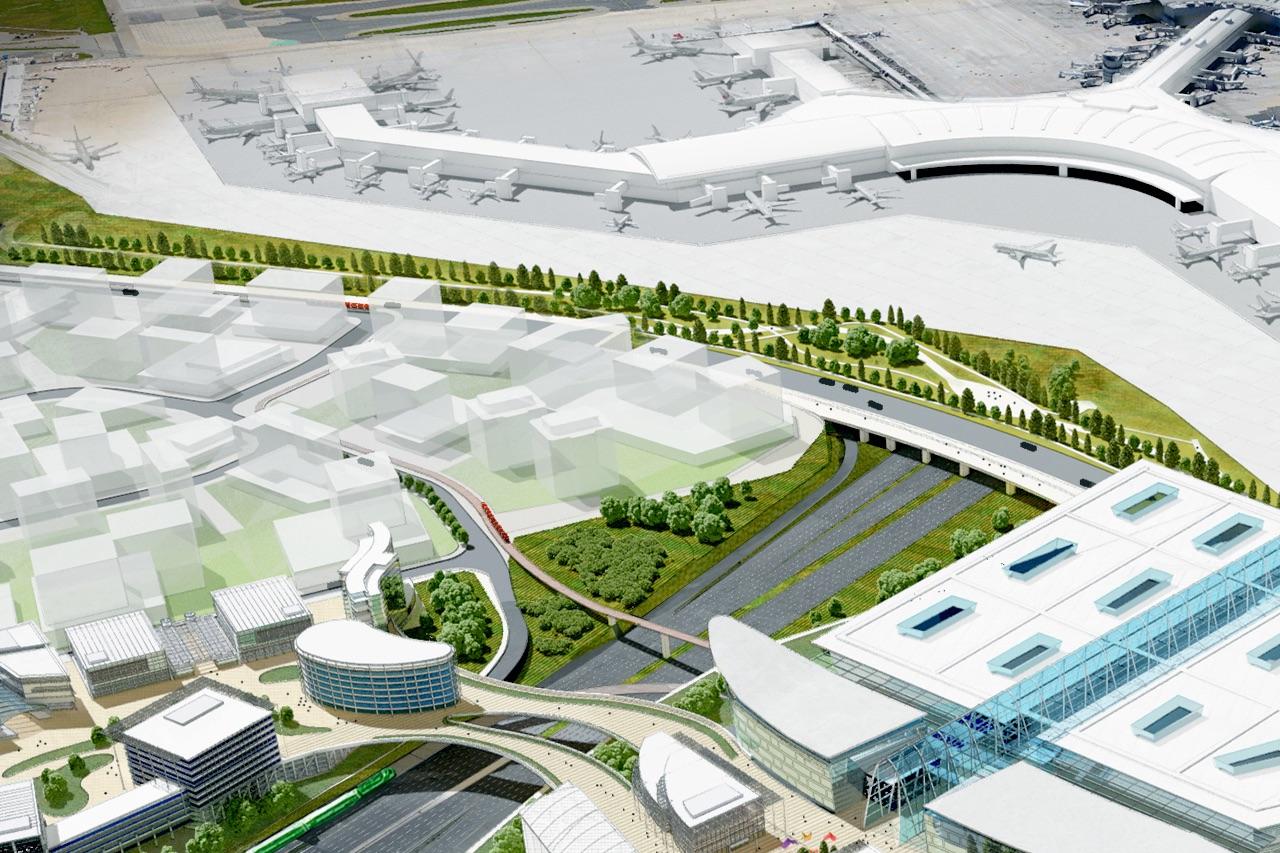NeilsenJ
New Member
With regards to the UP station at Pearson, it's going to rebuild into a central passenger processing terminal as part of Pearson's Master Plan into the late 2020s, I just hope the ON Gov/Metrolinx can take this rare opportunity and work with Pearson/GTAA to properly integrate the various transit modes (FinchW + Eglinton LRTs, UP Express, RER, Regional Bus) within one building, so that the terminal can be designed for proper passenger flow and transfer between the different transport modes and equipped for electrification; rather than doing various expensive awkward add-ons afterwards.
I hope they will design the future Pearson RER/UP station as through station for various lines similar to other major international airports/transport hubs.
Transit Hub Signals Bold Reinvention of Toronto's Pearson Airport (2017-Feb-07)

 urbantoronto.ca
urbantoronto.ca
I hope they will design the future Pearson RER/UP station as through station for various lines similar to other major international airports/transport hubs.
Transit Hub Signals Bold Reinvention of Toronto's Pearson Airport (2017-Feb-07)

Transit Hub Signals Bold Reinvention of Toronto's Pearson Airport | UrbanToronto
Officially announced today, the bold Pearson Transit Hub could re-invent Canada's largest airport into a multi-modal global hub.